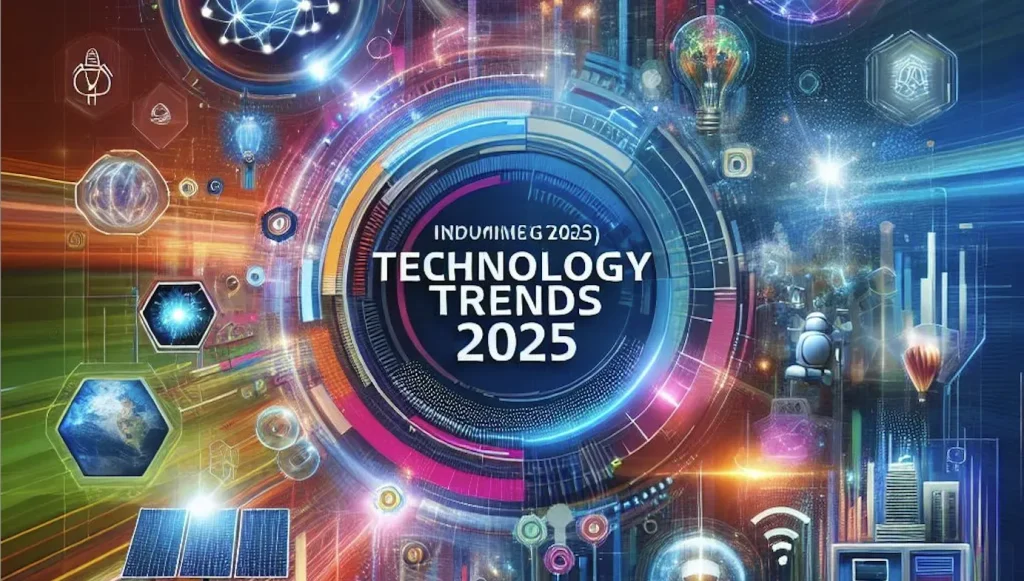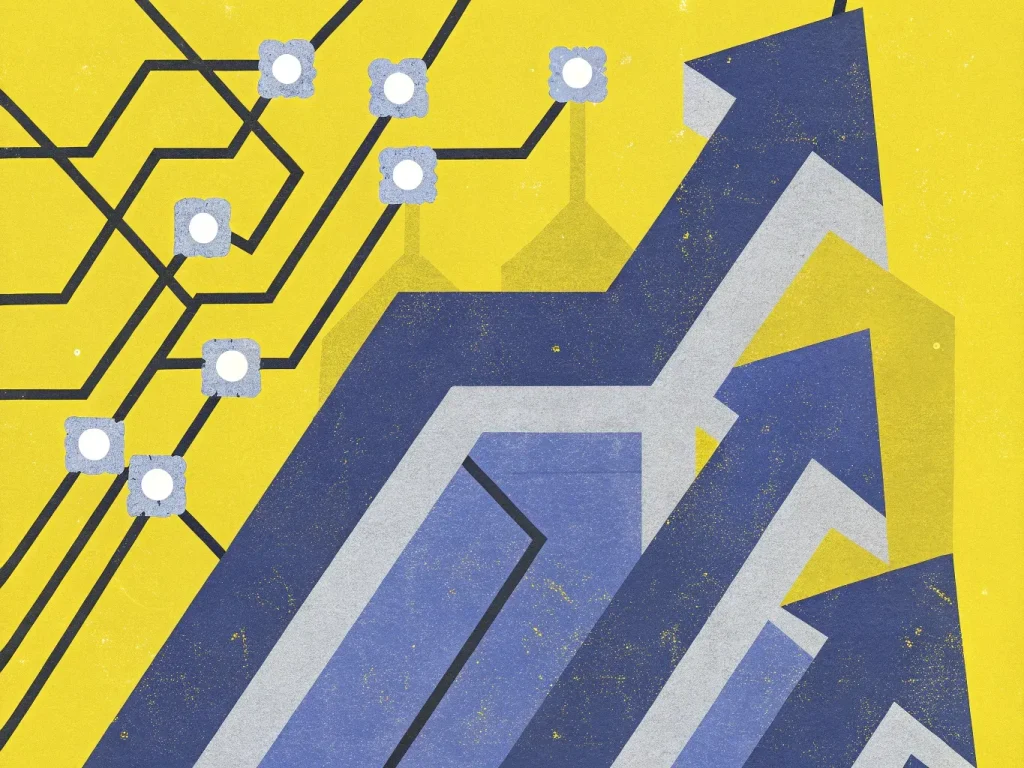Edge Computing vs Cloud are reshaping how real-time systems think about data processing. From autonomous machines to immersive experiences, real-time apps demand speed, reliability, and local decision-making. Edge computing brings compute closer to the source, enabling latency reduction and more predictable responses even when network connectivity is imperfect. By emphasizing near-source data processing and targeted analytics, organizations can blend edge and cloud resources for resilient performance. A thoughtful hybrid cloud edge approach leverages the strengths of both models, and this article breaks down when to lean toward edge, cloud, or a balanced blend.
A distributed approach to data processing places analytics close to the data source—on devices, gateways, or nearby micro data centers. This on-device computing, also described as edge-native processing or fog computing, emphasizes fast decisions, offline capability, and localized governance. In practice, teams balance local, near-edge analytics with centralized cloud services to optimize latency, scale, and compliance. From an LSI perspective, related ideas like decentralized processing, on-device AI, gateway-level orchestration, and a cloud-edge continuum illuminate the same strategic trade-offs.
Edge Computing vs Cloud: Understanding Real-Time Apps and Latency Reduction
Real-time applications demand immediacy. By processing data closer to its source, edge computing reduces the distance data must travel, cutting round-trip times and enabling swifter actions in domains like autonomous machines, live gaming, and on-device analytics.
In this edge-first view, latency reduction becomes a measurable goal. Cloud resources still support heavy computation and long-term analytics, but in latency-sensitive scenarios the edge layer delivers immediate responses, improving user experiences and system resilience.
Near-Source Data Processing: Bringing Insights to the Point of Data Origin
Near-source data processing brings computation to the neighborhood of data generation—on gateways, appliances, or local micro-data centers. This approach, aka near-source data processing, reduces rounds of data travel and speeds decision-making.
By performing filtering, aggregation, and lightweight analytics locally, organizations can reduce bandwidth consumption and preserve uptime even when connectivity to the cloud is intermittent. This near-source data processing approach aligns with the needs of real-time apps that require fast, contextual responses.
Hybrid Cloud Edge Architectures for Scalable Real-Time Applications
A hybrid cloud edge strategy blends the strengths of both worlds. Edge nodes handle time-sensitive tasks and offline operation, while the cloud handles large-scale analytics, data integration, and centralized governance.
This architecture supports real-time apps by keeping latency-sensitive processing near the data source and enabling broader insights to be derived in the cloud. The result is a scalable, resilient platform that adapts to changing workloads and connectivity conditions.
Architectural Patterns for Real-Time Apps: Edge-First, Cloud-First, and Tiered Processing
Edge-First patterns process raw sensor data at the edge, producing immediate actions and lightweight insights before syncing with the cloud for storage and longer-term analytics.
Cloud-First patterns suit scenarios with abundant data and relaxed latency, where batch analytics and model training run in centralized data centers while edge devices handle local prompts and offline operation.
Data Locality, Governance, and Security in Edge-Cloud Deployments
Storing data near its source supports data residency and privacy goals, reducing exposure and simplifying compliance for many industries.
Security must be baked into every layer—from hardware root of trust and secure boot to encrypted data at rest and in transit, with robust device management, threat monitoring, and secure OTA updates across edge, gateway, and cloud services.
Choosing the Right Mix: When to Push to Edge, When to Cloud, and How to Blend
A structured decision framework helps teams balance latency requirements, data volume, connectivity, and governance. For time-critical tasks, push processing toward the edge; for heavy analytics and centralized policy, favor the cloud.
A deliberate blend—hybrid approaches and tiered processing—lets organizations harness real-time responsiveness while retaining scalable data science, robust governance, and global orchestration across distributed environments.
Frequently Asked Questions
How does edge computing vs cloud impact real-time apps in terms of latency and responsiveness?
Edge computing vs cloud directly affects real-time apps. Processing at the edge reduces the distance data must travel, enabling latency reduction and faster, near-instant decisions. The cloud—while offering scalable compute and advanced analytics—can introduce higher round-trip times due to centralized processing. Many real-time scenarios benefit from a hybrid cloud edge approach that keeps latency-sensitive tasks local while using cloud resources for heavy analytics and long‑term storage.
How does near-source data processing influence edge computing vs cloud for real-time apps?
Near-source data processing is a core advantage of edge computing. By filtering, aggregating, and performing pre-processing at the edge, you reduce data that needs to go to the cloud, lower bandwidth usage, and achieve quicker responses. This approach enhances real-time performance and can improve privacy, since sensitive data can stay closer to its origin.
What role does a hybrid cloud edge strategy play in balancing edge computing vs cloud for real-time applications?
A hybrid cloud edge strategy blends the strengths of both architectures. Use edge computing for latency-sensitive, real-time processing and cloud resources for heavy compute, data integration, and long-term analytics. This hybrid approach optimizes latency reduction, bandwidth, governance, and scalability across real-time applications.
Why is latency reduction a critical consideration when choosing between edge computing and cloud architectures for real-time apps?
Latency reduction is central to real-time apps. Edge computing can deliver sub‑50 ms responses by executing logic close to data sources, while cloud processing adds throughput but often incurs more network latency. Assessing latency targets helps determine which tasks belong at the edge versus in the cloud, and whether a hybrid cloud edge setup best meets those goals.
What architectural patterns best support edge-first vs cloud-first approaches for real-time applications?
Key patterns include the Edge-first pattern (process raw sensor data at the edge for immediate actions with cloud sync for records), the Cloud-first pattern (cloud handles bulk analytics while edge handles local prompts), Tiered Processing (edge micro-decisions, gateway aggregation, cloud analytics), and Fog Computing (an intermediate layer blending edge and cloud). These patterns help optimize real-time apps by balancing latency, data volume, and governance.
How do data locality and security considerations shape edge computing vs cloud decisions for real-time apps?
Data locality is often favored in edge vs cloud decisions to simplify governance and privacy—data stays near its source. However, edge devices expand the security surface, so a layered security approach is essential. Implement hardware roots of trust, secure boot, encryption in transit and at rest, secure OTA updates, and continuous monitoring across edge, gateways, and cloud to align with real-time requirements and regulatory needs.
| Topic | Key Points |
|---|---|
| Edge Computing |
|
| Cloud Computing |
|
| Real-Time Apps Benefit |
|
| Latency, Bandwidth, and Economics |
|
| Edge Computing Advantages |
|
| Cloud Computing Advantages |
|
| Edge vs Cloud for Real-Time Apps |
|
| Architectural Patterns for Real-Time Apps |
|
| Data Locality, Governance, and Security |
|
| Industry Use Cases Demonstrating Edge and Cloud Roles |
|
| Choosing the Right Tool: A Decision Framework |
|
| Future Trends Shaping Edge and Cloud Equilibrium |
|
Summary
Conclusion


